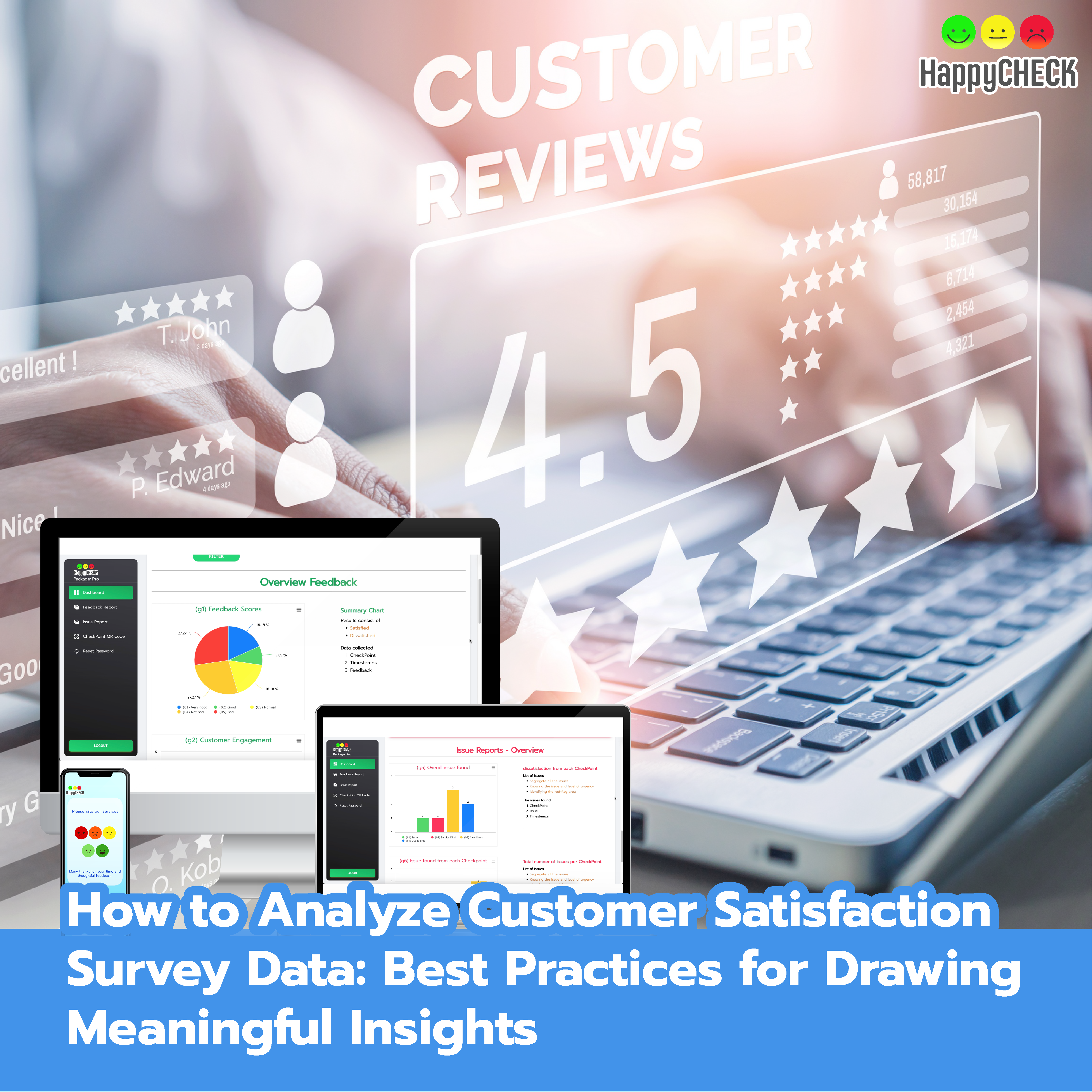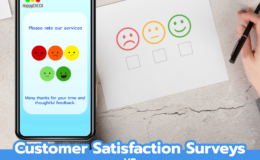Data from customer satisfaction surveys should only be collected as a starting point for customer experience enhancement. You must examine the data and derive significant ideas from it in order to genuinely make a difference. In order to give you helpful insights into the requirements and preferences of your consumers, we’ll examine best practices for interpreting data from customer satisfaction surveys in this post.
1. Define Your Objectives
It’s crucial to establish your goals before you start reviewing your survey results. What do you hope to accomplish with the survey? What particular inquiries do you wish to address? It would be easier to concentrate your investigation and find the most crucial discoveries if you have clear objectives.
2. Clean and Organize Your Data
It’s crucial to tidy up and arrange your survey data before you begin to analyze it. This entails eliminating any duplicate responses, fixing any mistakes or discrepancies, and classifying the data into applicable categories or topics. As a result, it will be simpler to examine the data and get valuable insights.
3. Look for Trends and Patterns
You may start looking for trends and patterns once your data is sorted and clean. In order to determine the areas where customers are particularly satisfied or dissatisfied, look for recurring themes or patterns in the comments. For instance, if numerous customers express the same complaint, such as a protracted wait time or subpar customer service, this may point to a problem that needs to be fixed.
4. Use Statistical Analysis
Your survey data may contain patterns and trends that are not immediately visible. Statistical analysis can help you find these patterns and trends. You can use tools like factor analysis, regression analysis, and correlation analysis to help you find connections between various variables and get more insightful conclusions from the data.
5. Identify Root Causes
The key to enhancing the customer experience is figuring out what exactly makes a consumer happy or unhappy. Utilize the results of your survey to determine the root reasons for recurring themes or problems, such as lengthy wait times, subpar product quality, or perplexing website navigation. This will assist you in prioritizing the areas that need the most work.
6. Segment Your Data
You can find disparities in client demands and preferences by segmenting your survey data by various customer groups, such as demographics or customer loyalty levels. For instance, it may be a sign that a problem is more pertinent to a younger client base and should be addressed if they are more likely to bring up a certain issue in their comments.
7. Compare Results Over Time
You may analyze changes in customer satisfaction and see trends or patterns that might not be immediately visible by analyzing survey data over time. You can discover changes in customer sentiment and monitor progress toward improvement goals by comparing findings from various time periods, such as year over year or quarter over quarter.
8. Benchmark Against Competitors
By comparing your survey findings to those of your rivals, you may see where you are succeeding and where you are falling short. This can assist you in establishing reasonable improvement objectives and locating excellent practices that you can absorb from your rivals.
9. Use Data Visualization Tools
Charts, graphs, and dashboards are examples of data visualization tools that can assist you in presenting your survey results in a way that is both understandable and visually appealing. You may be better able to influence stakeholders with your insights and make data-driven decisions as a result.
10. Act on Your Insights
To promote genuine change in your organization, it’s crucial to act on your insights. Create action plans based on the results of your survey that target the main reasons why customers are satisfied or dissatisfied. Assign specific people or teams the duty of carrying out these action plans, and monitor the development of improvement targets over time.
In conclusion, assessing customer satisfaction survey data necessitates a strategic approach that considers your objectives, the organization and cleansing of data, searching for trends, underlying causes, and patterns, statistical analysis, and other best practices.







